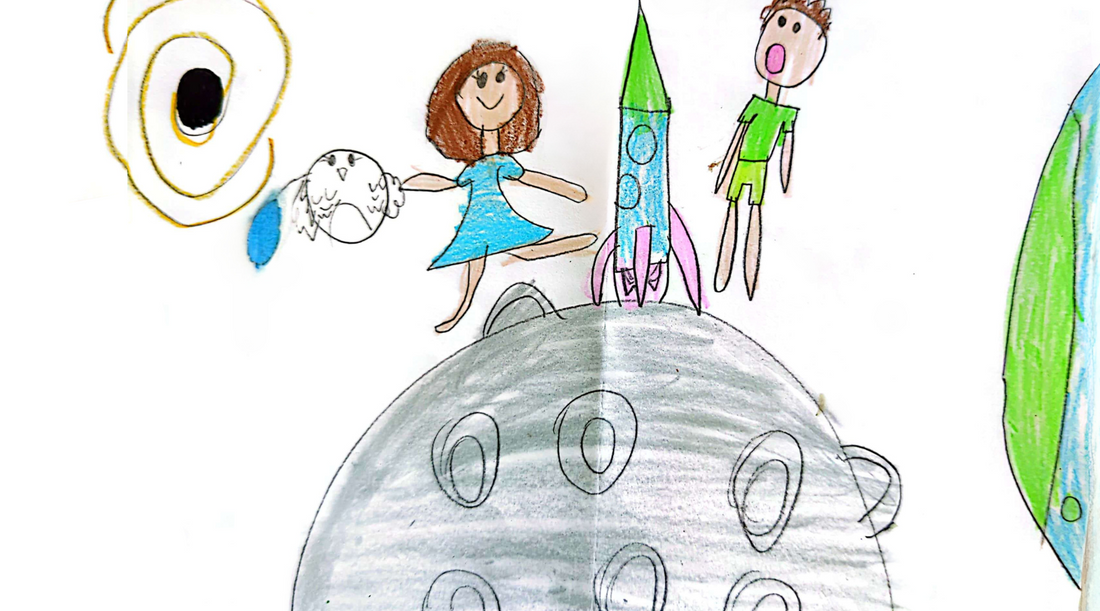Even before our children are born, we visualize them reaching the top of mountains. We always wonder how to support and guide our children's growth and development. Vygotsky's Zone of Proximal Development (ZPD) is a powerful concept that can guide us. Though it might sound a bit technical, it’s quite practical and can make a big difference in our daily interactions with our kids. Let's explore what it is and how we can use it in our everyday lives to help our children thrive.
What is Vygotsky's Zone of Proximal Development?
Lev Vygotsky, a Russian psychologist, introduced the Zone of Proximal Development theory. The ZPD is the sweet spot between what a child can do independently and what they can do with a bit of help. It's where the magic happens—where learning is most effective and engaging.
Imagine your child trying to solve a puzzle. They might be able to put a few pieces together on their own, but with a little GUIDANCE from you, THEY can complete the whole puzzle. That area of guided learning is their ZPD.
How can we apply the ZPD theory at home?
- Observe and Identify: Pay attention to what your child can do on their own and what they struggle with but can do with some guidance.
- Provide Support: Offer just enough assistance to help them complete tasks that are slightly beyond their current ability level. This could involve breaking tasks into smaller steps, offering hints, or demonstrating how to do something.
- Encourage Independence: As your child becomes more proficient, gradually reduce the support you provide to encourage them to tackle tasks independently. We are not helping our children when we do things for them.
- Ask Open-Ended Questions: Encourage your child's thinking by asking questions that require more than a yes or no answer. Instead of asking, "Did you have a good day?" try, "What was the most fun part of your day?" and allow them time to think and elaborate.
- Engage in Activities Together: Participate in activities that promote learning through interaction and collaboration, such as playing with blocks, doing puzzles, or working on crafts. Make these moments, engage in conversations, and have fun together.
- Celebrate Effort, Not Just Success: Praise your child for trying hard, even if they don’t get it right the first time. This builds their confidence and encourages a love of learning.
Applying the Zone of Proximal Development at Playtime.
- Choose Age-Appropriate Activities: Select games and toys that are just slightly above your child’s current ability. This keeps them challenged but not frustrated.
- Join in the Fun: Play alongside your child and offer gentle guidance. If you're building with blocks, you might start a structure and encourage your child to add to it.
- Encourage Problem-Solving: When playing games, let your child figure out solutions. If they're stuck, give them hints rather than answers. For instance, in a treasure hunt, give them clues instead of leading them straight to the prize.
What happens when we recognize and apply the ZPD in everyday activities?
- Building Confidence: When children succeed with a little help, they feel accomplished and confident in their abilities.
- Fostering Independence: Gradually reducing support as your child improves can help them become more independent and self-sufficient.
- Promoting a Love of Learning: When children are challenged just enough to be engaged but not overwhelmed, they develop a love for learning and exploration.
- Strengthening Bonding: Working together within the ZPD creates positive, supportive interactions that strengthen your bond with your child.
In my culture, we tend to parent very protectively, doing things for them and keeping them in a shell as if they could break easily. I studied this theory during my early years of parenting—when I was reinventing myself—and I realized that we don’t want our children to fall, but if they never fall, they won’t be able to walk. We just need to be there for them during the process.
By understanding and applying Vygotsky's Zone of Proximal Development, you can create a nurturing environment where your child feels supported, challenged, and motivated to learn. It's a wonderful way to help your little one grow into a confident, independent, and curious individual.

